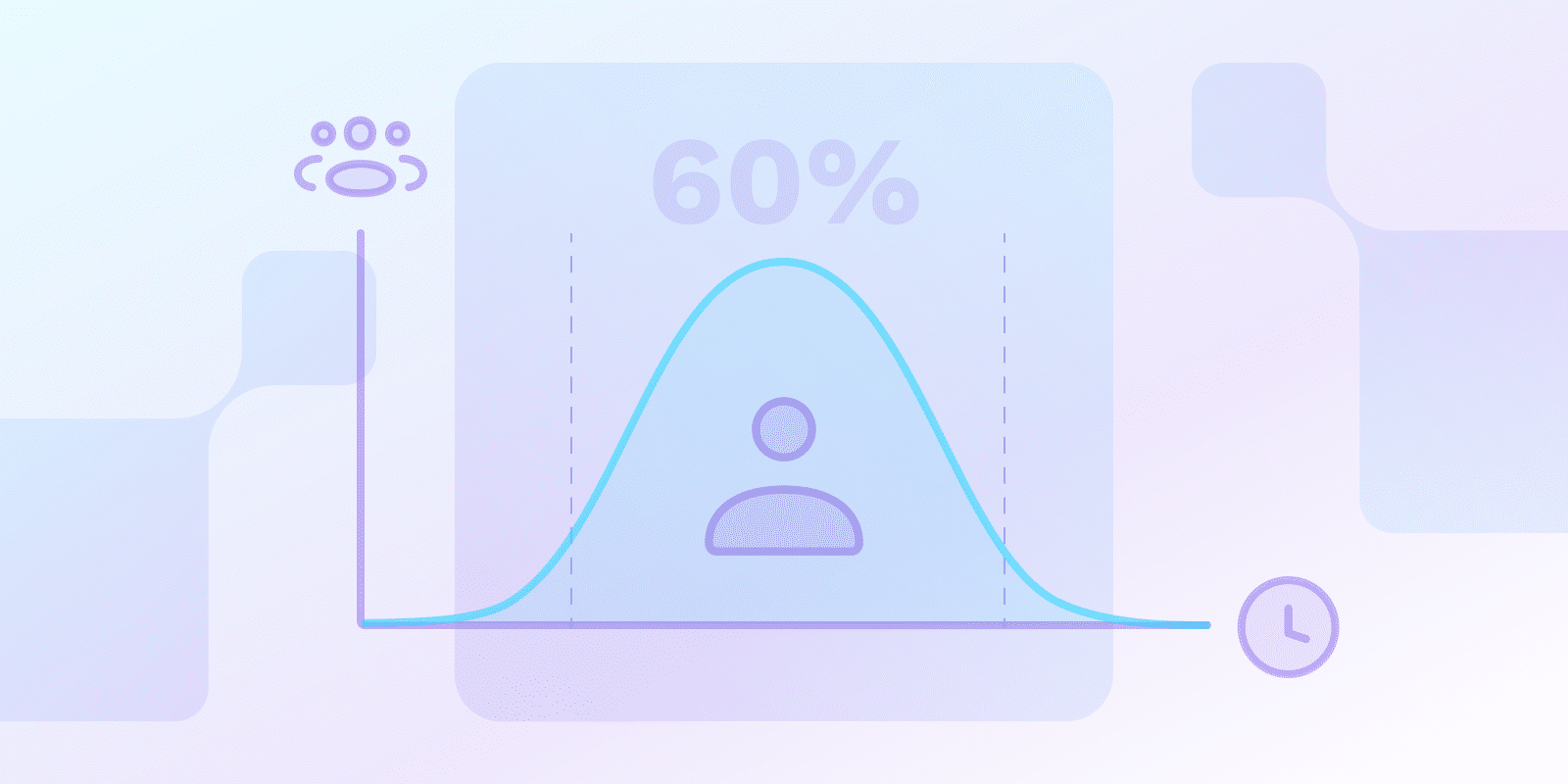Metriche e KPI SaaS
Che cos'è il Customer Lifetime Value (CLV)?

Che cos'è il Customer Lifetime Value (CLV)?
Il profitto netto totale che un'azienda prevede di realizzare da un cliente nel corso della sua relazione è noto come Customer Lifetime Value, o CLV. Rappresenta il valore monetario di un cliente per l'azienda ed è un indicatore importante della salute a lungo termine della clientela.
Il CLV aiuta le aziende a determinare quanto denaro spendere per attrarre nuovi clienti e mantenere quelli attuali. È fondamentale ricordare che il CLV è solo una stima e può variare in modo significativo in base al settore e allo stile aziendale.
Quali sono i diversi tipi di Lifetime Value (LTV)?
Un indicatore cruciale noto come lifetime value (LTV) misura la quantità totale di denaro che un'azienda può prevedere di guadagnare da un singolo cliente, bene o servizio nel corso della vita di quel cliente.
Ecco alcune illustrazioni di diversi tipi di LTV:
- valore del ciclo di vita del cliente (CLV): la quantità totale di denaro che un'azienda può prevedere di guadagnare da un singolo cliente nel corso del suo coinvolgimento con l'azienda.
- Product Lifetime Value (PLV): la quantità totale di denaro che un'azienda potrebbe prevedere di guadagnare da un singolo prodotto nel corso della sua intera esistenza.
- Valore del servizio nel corso della sua vita (SLV): L'importo totale di denaro che un'azienda potrebbe prevedere di guadagnare da un singolo servizio nel corso della sua vita.
Le aziende possono ottenere informazioni importanti sulla propria clientela, sulla linea di prodotti e sulle offerte di servizi comprendendo e utilizzando i concetti LTV. Queste informazioni possono potenzialmente influenzare la redditività e il successo a lungo termine, ma richiederanno un'attenta considerazione.
| Caratteristiche | CLV (Customer LTV) | PLV (Product LTV) | SLV (Service LTV) |
|---|---|---|---|
| Area di interesse | |||
| Misurazione primaria | Valore individuale della relazione con il cliente | Entrate del ciclo di vita di un singolo prodotto | Valore dell'offerta di un singolo servizio |
| Periodo di tempo | Durata del coinvolgimento del cliente | Ciclo di vita del prodotto sul mercato | Durata dell'offerta di servizio |
| Impatto sul business | |||
| Uso strategico | Pianificazione della fidelizzazione e acquisizione clienti | Gestione del portfolio prodotti | Ottimizzazione dell'offerta di servizi |
| Business Insights | Comportamenti e modelli di fedeltà dei clienti | Prestazioni e ciclo di vita del prodotto | Efficienza e domanda del servizio |
| Implementazione | |||
| Metriche chiave | Frequenza di acquisto, valore medio dell'ordine | Volume delle vendite, durata del prodotto | Utilizzo del servizio, durata dell'abbonamento |
| Focus dell'analisi | Coinvolgimento e soddisfazione del cliente | Domanda di mercato e concorrenza | Erogazione del servizio e proposta di valore |
Come viene calcolato il valore della vita (CLV)?
Per calcolare il CLV, la formula più comunemente utilizzata è:
CLV = Valore medio dell'ordine (AOV) x Frequenza di acquisto x Durata del ciclo di vita del cliente.
Dividi il numero totale di vendite per il numero di consumatori distinti che hanno acquistato durante lo stesso periodo di tempo per ottenere la frequenza media di acquisto.
Ad esempio, la frequenza media di acquisto sarebbe due se un'azienda avesse 500 clienti unici e 1000 acquisti.
Calcoli CLV più complessi potrebbero anche prendere in considerazione variabili come il tasso di turnover e l'utile lordo per cliente.
Quali fattori influenzano il valore del ciclo di vita del cliente (CLV)?
Comportamento del cliente, soddisfazione, lealtà, coinvolgimento, valore di acquisto, longevità del cliente, margine di profitto, Tasso di fidelizzazionee il tasso di sconto sono alcune delle caratteristiche che influenzano il CLV.
Ognuna di queste variabili è soggetta a modifiche nel tempo, il che potrebbe influire sul CLV nel suo complesso.
Le aziende possono identificare i clienti di alto valore e personalizzare i metodi per promuovere la loro fedeltà e ottimizzare il loro potenziale conoscendo come questi aspetti interagiscono.
È importante ricordare, tuttavia, che potrebbe essere difficile prevedere con esattezza il comportamento del cliente e quindi i calcoli del CLV comporteranno sempre un certo grado di incertezza.
Come possono le aziende aumentare il valore del ciclo di vita del cliente?
Le aziende possono aumentare il CLV (valore del ciclo di vita del cliente) tramite:
- semplificando il processo di pagamento e dando priorità alle esigenze dei clienti rispetto a quelle dei concorrenti
- aumentando la soddisfazione del cliente
- implementare un piano di fidelizzazione del marchio del cliente
- utilizzando modelli predittivi per prevedere il valore futuro
Monitorare gli indicatori CLV nel tempo è fondamentale per valutare quanto bene il tuo Fidelizzazione dei clienti le tattiche stanno funzionando.
Quali sono i limiti del Lifetime Value (LTV)?
Una metrica utile, il valore del ciclo di vita (LTV), è difficile da valutare con precisione a causa dell'ampia gamma di canali di contatto con i consumatori e delle presunzioni su cui si basa.
Sebbene i calcoli LTV possano fornire informazioni preziose, è importante riconoscere che si tratta di stime basate su ipotesi e potrebbero non riflettere sempre la realtà.
Potrebbe essere allettante ridurre il processo di calcolo ai costi diretti, ma farlo può far perdere alcuni aspetti importanti di un cliente, tra cui la fedeltà al marchio o i referral.
Di conseguenza, durante la presa di decisioni strategiche, è fondamentale utilizzare LTV con attenzione e tener conto dei suoi limiti.
Conclusione
Le aziende possono utilizzare le stime CLV per capire quanto spendere per acquisire nuovi clienti e mantenere quelli attuali. Possono anche ottimizzare la loro redditività a lungo termine conoscendo cosa influenza CLV e come aumentarlo.